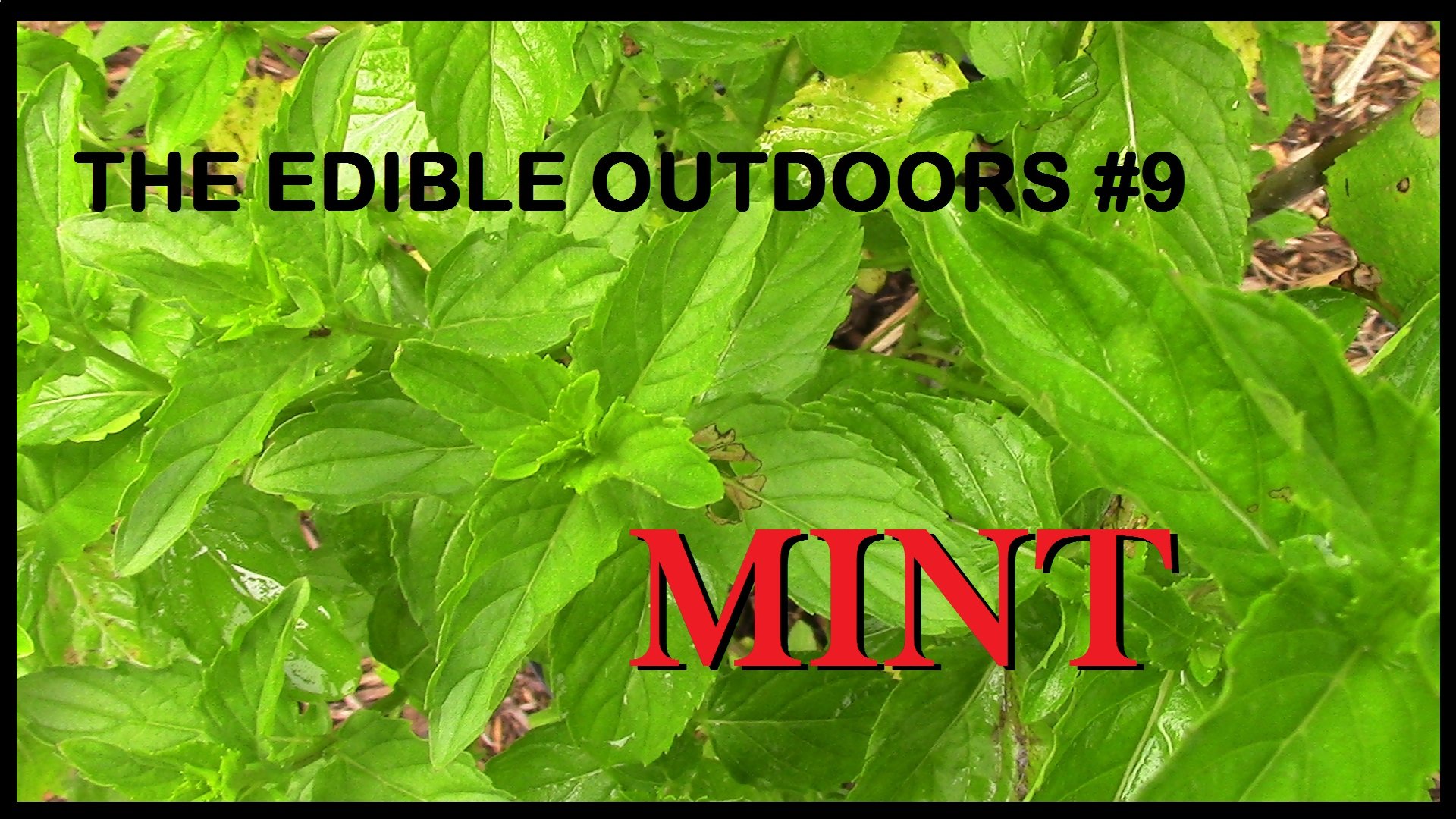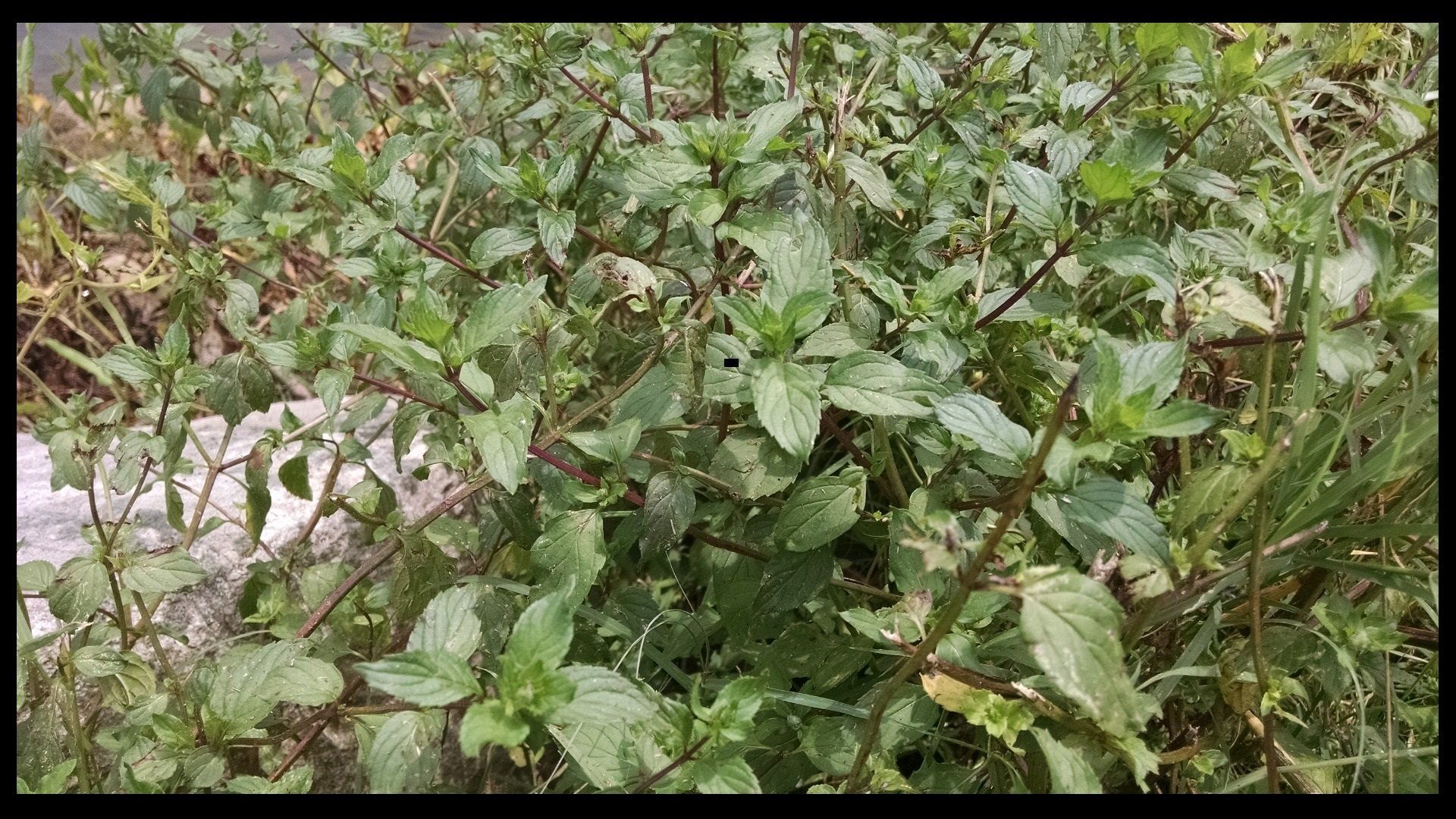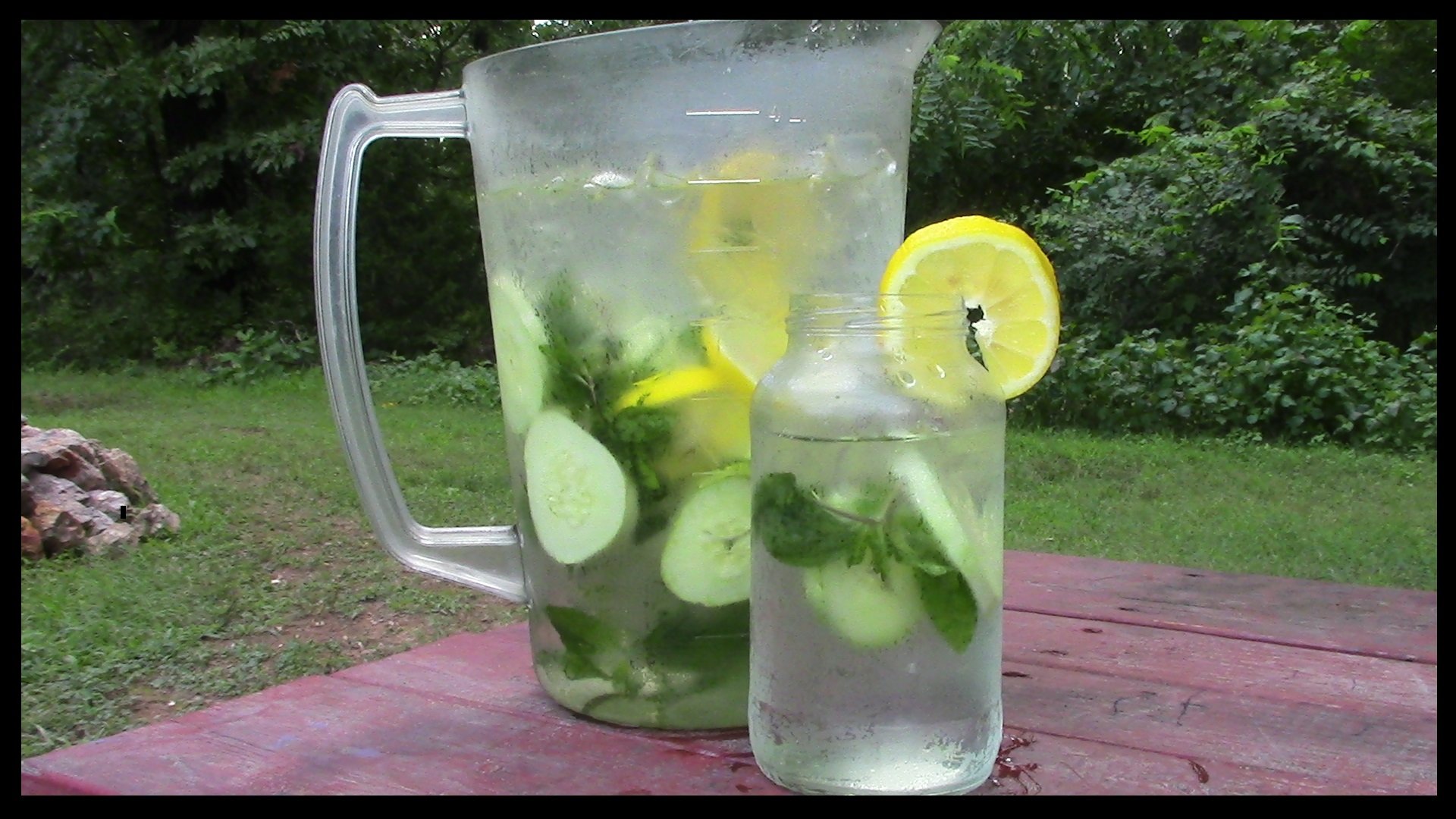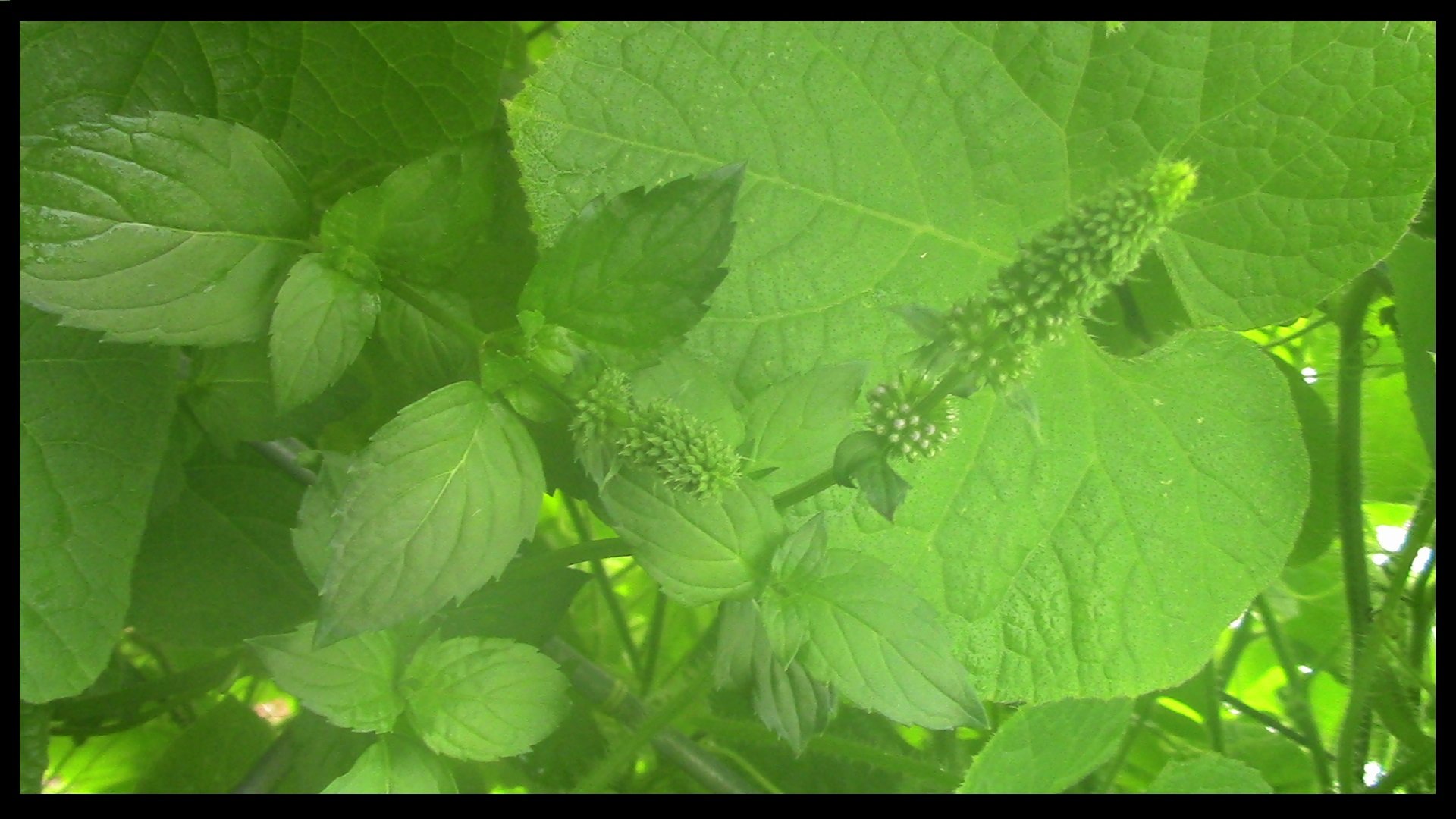
First off, there are a lot of varieties of Mint available. Wild American Mint is one that is native to the United States, but other varieties, originally from overseas, have been naturalized. Spearmint is one good example of this. Often you can find Mint growing around an area where a garden once was, though there may be no other evidence that a garden ever existed there. Effectively, such Mint has returned to the wild.

Members of the Mint family are easy to identify. The leaf shape is generally the same throughout the family. The square stem is also a dead giveaway. Once the presence of both of these characteristics has been established, the scent should “seal the deal” and finish confirming that accurate identification has been accomplished.

Mint supplies a good amount of vitamins and minerals, including Vitamin A, Vitamin C, Phosphorus, Iron, Copper, Calcium, Potassium and Magnesium. It is also low in fat and calories. Though most may consider the flavor a little strong to simply eat a good amount of it raw as a food, if needed, in a survival situation where options are limited, it’s a good plant to be aware of. Also, you’ll have some real fresh breath when the rescuers find you.

Mint can add a cool flavor to salads, and can be used dried or fresh for tea. I love the flavor of mint added to a cup a tea; it gives it a fresh, clean, crisp edge. Also, it is an excellent summer option for flavoring ice water. We like to cut some lemon and cucumber, and add them to a large pitcher with some freshly picked and crushed Mint leaves. Crushing the Mint first releases more of the flavor into the water.

Mint is very easy to propagate, and I’ll cover it, along with others, in my papa-peppers guide to plant propagation series. If you plan on adding some to your garden, yard, or homestead, just be aware that it spreads prolifically and is considered by some to be invasive in nature. The flowers will usually be white, pink, or purple, depending on the variety. Mint spreads by both seeds and roots.

Another helpful function of the Mint plant that is often overlooked is using it as an animal repellent for gardens. For years many have known about and used Marigolds as a way to deter deer and other garden pests, but fewer people are aware that Mint can be used in a similar way. It can repel many kinds of insects, including ants and mosquitoes, and is a good deterrent for moles.

Mint can be found growing just inches off of the ground or up to a couple feet high. When harvested, it dries and stores very easily, so its fresh, minty flavor can be enjoyed long into the winter months. I usually just cut it down and hang it up. If you dry it in the sun, the Mint will brown as it dries, but the flavor is just as pleasant.

